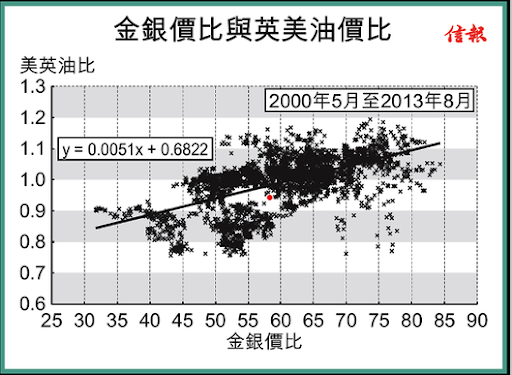與去年各大金店紛紛掛海報宣傳銷售「黃金月餅」不同,今年內地金店將「黃金月餅」改名「百寶盒」,低調上市
媒體昨(4)日曝出,北京多家金店出售「黃金月餅」,由於日前中央紀委常委會強調禁止中秋節、國慶節公款送月餅、送節禮,為應對此正風肅紀,這些 「天價月餅」改頭換面,改名「百寶盒」,以每50g上萬元(人民幣,下同)的零售價出售,每塊最高價達16萬元之多。有消息稱,政府官員曾低調購買,可謂 逆風而上。
面對當下正風肅紀的大氣候,「天價月餅」依然不乏銷路。業內人士透露,他的一位銀行客戶,一次選購了三四個,也有政府工作人員前來購買,這些買主的行事都非常低調。這種「天價月餅」最輕一款為50g,零售價為2萬元;最重一款達347g,零售價16萬元。
不僅買家低調,賣家在銷售過程中也謹小慎微。「天價月餅」的名稱由過往的「黃金月餅」轉化為「百寶盒」。北京某家銀行的客戶經理稱,今年做營銷培訓 時,培訓方特意強調,今年在銷售過程中不能提「黃金月餅」,而要改口稱「百寶盒」。她還稱,這種月餅今年賣得不錯,但被問及具體銷售數額時,她則拒絕回 答。有些金店試圖通過開虛假髮票意圖掩蓋真相,打開「天價月餅」缺口,為使購買此種「黃金月餅」不太顯眼,商品發票可開成辦公用品、勞保用品、禮品或十台 打印機。
去年中秋黃金月餅銷售火爆,記者昨日以購買者身份探訪金至尊、周大福、老鳳祥、潮宏基等金店時發現,「黃金月餅」變身「百寶盒」,花樣翻新。銷售人 員一見買主上門,便熱情介紹,推銷最後,還留有名片,稱如有疑問,可隨時溝通。記者還一睹「黃金月餅」真容。銷售人員手上的「黃金月餅」雕工精緻,正面刻 有一個「福」字、背面刻有「花好月圓」字樣,與日常月餅形狀並無兩樣,一塊售價2.1萬元。而推銷的一盒裝「黃金月餅」,禮盒中,共有一大七小的八塊「月 餅」,售價約8萬元。
雖然買者、買者花樣百出,但清明風氣仍然影響到「天價月餅」的銷售量,一位銷售人員大歎今年「黃金月餅」銷售市場的蕭條。今年「黃金月餅」的銷售量和去年沒法比,去年此種月餅總銷售額達到24億元,今年僅售出幾萬套,銷售總額只數億元。


